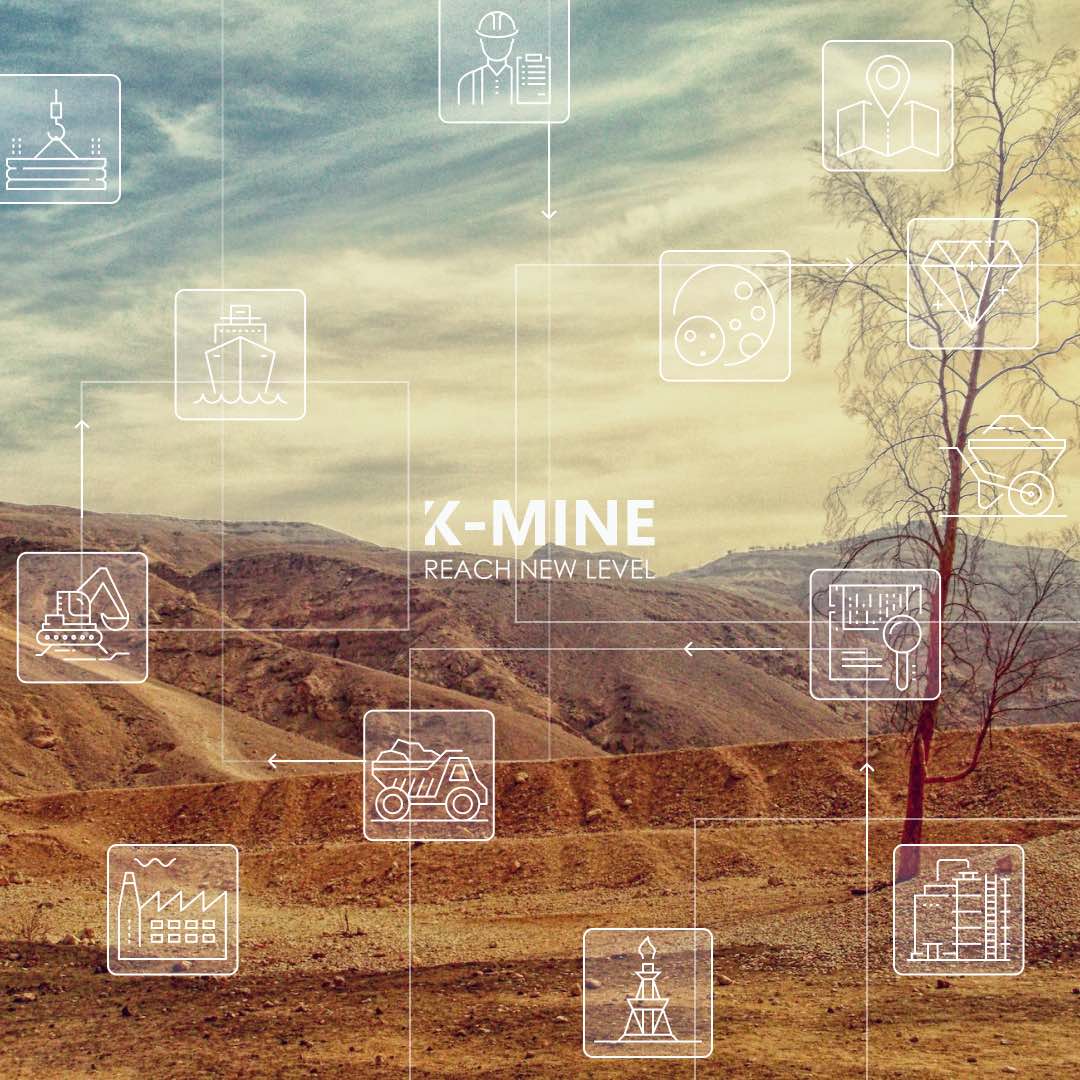
- Understanding Community Engagement
- The Process of Community Engagement
- Social Impact Assessment: An Integral Part of Greenfield Mining
- Key Components of a Social Impact Assessment
- From Engagement and Assessment to Sustainable Development
- Challenges and Best Practices in Community Engagement and Social Impact Assessment
- Conclusion
In the increasingly conscientious world of greenfield mining, community engagement and social impact assessments have become indispensable elements of successful and responsible operations. They act as the bridge between mining companies and the communities they operate within, fostering an environment of mutual respect, understanding, and cooperation.
Greenfield mining projects hold the potential to drive significant economic development. However, they can also give rise to substantial changes in the social and environmental fabric of local communities. As such, the mining sector’s approach towards these projects must be inclusive, responsive, and responsible.
This article aims to shed light on the importance of robust community engagement strategies and comprehensive social impact assessments. We’ll explore what they entail, their role in sustainable mining operations, and the benefits they bring to both mining companies and the communities they serve. As we navigate this crucial aspect of greenfield mining projects, we will underline the importance of balancing economic interests with social responsibility to ensure the long-term success and acceptability of mining endeavors.
Join us as we delve into these important facets of pioneering greenfield mining.
Understanding Community Engagement
Community engagement is the process by which mining companies establish and maintain a positive, mutually beneficial relationship with the communities where they operate. It encompasses a broad range of activities, from conducting community consultations and informational meetings to partnering with local organizations on community development projects.
In the context of mining projects, community engagement is of paramount importance for several reasons. Firstly, it provides an opportunity for local communities to voice their questions, concerns, and expectations, and for mining companies to respond effectively. This dialogue can help to prevent misunderstandings, manage expectations, and foster mutual trust and respect.
Secondly, community engagement is often a prerequisite for obtaining the social license to operate, a non-legal term used to describe the local community’s acceptance or approval of the mining project. This acceptance is critical to the smooth operation and long-term viability of the project.
Furthermore, effective community engagement can also bring tangible benefits to both the community and the mining project. For the community, benefits may include enhanced local infrastructure, employment opportunities, and capacity building. For the mining project, benefits can encompass a reduction in operational disruptions, improved reputation, and potential for long-term growth and sustainability.
The process of community engagement should be considered not as a one-off event, but as an ongoing commitment that spans the entire lifecycle of the mining project, from initial exploration through to closure and rehabilitation. In the following sections, we will delve deeper into how to conduct effective community engagement and assess the social impacts of a greenfield mining project.
The Process of Community Engagement
Community engagement in the context of greenfield mining projects is a comprehensive and ongoing process.
Here are the key stages:
1. Initial Communication: The community engagement process begins well before the start of mining operations. The first step is to establish contact with local communities, inform them about the planned mining activities, and invite them to be part of the dialogue process. This initial communication helps to build trust and lays the groundwork for future interactions.
2. Stakeholder Identification and Mapping: Identifying who to engage with is a critical aspect of the process. This involves recognizing all potential stakeholders, which could range from local residents and indigenous groups to local government officials and non-governmental organizations. A thorough understanding of the local socio-cultural context is essential at this stage.
3. Ongoing Dialogue and Consultation: Maintaining a regular and open dialogue with the community is crucial. This could take the form of community meetings, workshops, public consultations, or individual conversations. The aim is to keep the community informed about the progress of the mining project and provide them with opportunities to voice their concerns and suggestions.
4. Addressing Community Concerns: If community members have concerns or grievances, these need to be addressed promptly and transparently. This might involve adjustments to the project plan, enhanced mitigation measures, or initiatives to provide additional benefits to the community.
5. Establishing Mutual Agreements: In many cases, the community engagement process will lead to the establishment of formal agreements between the mining company and the local community. These agreements often cover topics such as employment and training opportunities, community development projects, and procedures for ongoing communication and dispute resolution.
6. Monitoring and Follow-Up: Once the mining operation is underway, the community engagement process doesn’t stop. Regular monitoring and follow-up are needed to ensure that commitments are being met and that new issues or concerns are addressed promptly. Regular reporting to the community about the project’s progress and impacts also plays a key role.
As the mining project evolves, so too should the community engagement strategy, adapting to changing circumstances and community expectations. This ongoing engagement and commitment to addressing community concerns is essential to maintain a healthy relationship and secure the project’s social license to operate.
Social Impact Assessment: An Integral Part of Greenfield Mining
Social Impact Assessment (SIA) is a critical component of greenfield mining projects. At its core, an SIA is a research and consultation process designed to understand and manage the social effects of a proposed project. It is usually carried out as part of the broader Environmental and Social Impact Assessment (ESIA) process.
The main goals of an SIA include:
1. Understanding the Social Context: This involves gathering detailed information about the socio-economic, cultural, and demographic characteristics of the communities that could be affected by the mining project. Such knowledge helps to identify potential social impacts and vulnerabilities.
2. Identifying Potential Impacts: The SIA process involves predicting potential social impacts of the project. This could include impacts on local employment, community health, social cohesion, cultural heritage, and more. Both positive and negative impacts are considered.
3. Consulting with Affected Communities: As with community engagement, consultation is a key part of the SIA process. The perspectives and knowledge of local communities can provide valuable insights into potential impacts and effective mitigation strategies.
4. Mitigating Negative Impacts and Enhancing Positive Impacts: The ultimate goal of an SIA is to develop strategies to avoid, minimize, or mitigate negative social impacts, and to enhance the positive impacts. These strategies are usually integrated into a broader Environmental and Social Management Plan (ESMP).
5. Monitoring and Management: The SIA process doesn’t end when the mining project begins. Ongoing monitoring is needed to assess the effectiveness of mitigation strategies, and to identify and manage any unforeseen impacts.
In sum, an SIA is a crucial tool for responsible mining operations. It helps to ensure that the mining project respects the rights and interests of local communities, enhances social benefits, and mitigates potential harms, contributing to the overall sustainability of the project.
Key Components of a Social Impact Assessment
Understanding and evaluating the potential social impacts of a greenfield mining project is a complex task that requires a comprehensive approach.
A Social Impact Assessment (SIA) comprises several essential components to ensure a holistic understanding of the project’s potential effects:
1. Identifying Stakeholders: The first step in an SIA involves identifying all potential stakeholders. These include local communities, workers, indigenous groups, local government agencies, non-governmental organizations (NGOs), and any other groups that may be affected by the mining project.
2. Scoping and Impact Identification: This phase involves understanding the scope of potential social impacts. These could include effects on the local economy, community health, social cohesion, cultural practices, and any other social aspects. This requires thorough research, local knowledge, and often direct consultation with the community.
3. Impact Evaluation: Once potential impacts have been identified, they must be evaluated in terms of their magnitude, extent, duration, and significance. This involves considering both positive and negative impacts, and both direct and indirect effects.
4. Mitigation Measures: Based on the impact evaluation, appropriate mitigation measures can be proposed. These could involve changes to the project plan, implementation of specific management measures, or development of community benefit programs. The goal is to minimize negative impacts and maximize positive ones.
5. Monitoring Plan: Finally, an SIA should include a plan for ongoing monitoring of social impacts and effectiveness of mitigation measures. This allows for adaptive management, where strategies can be adjusted as needed based on observed outcomes.
Each of these components contributes to a thorough understanding of the potential social impacts of a mining project. Collectively, they ensure that these impacts are appropriately managed, contributing to the overall sustainability and success of the project.
From Engagement and Assessment to Sustainable Development
Effective community engagement and thorough social impact assessment are not merely about compliance or risk management, but they can also contribute significantly to sustainable development.
When a mining company invests in genuinely understanding and responding to community needs, concerns, and aspirations, it paves the way for mutual benefits. Transparent and respectful engagement builds trust with the community, which is essential for long-term cooperation. Moreover, it can uncover opportunities for the company to contribute positively to the community, such as through local employment, skills training, or infrastructure development.
Simultaneously, a well-executed social impact assessment (SIA) allows mining companies to foresee potential negative impacts and devise strategies to avoid or mitigate them. By doing so, it helps to prevent potential conflicts, reputational risks, and other issues that could hinder the project.
Furthermore, both community engagement and SIA can provide valuable insights into the local context, culture, and social dynamics. These insights can inform the company’s corporate social responsibility (CSR) strategy, which can aim to contribute to various dimensions of sustainable development, such as economic growth, social inclusion, and environmental protection.
In essence, community engagement and social impact assessment are not separate from the company’s operations but integral to its strategy. They are key tools in turning the concept of sustainable mining into reality, helping the company to contribute to broader social and economic development goals while ensuring the project’s viability and acceptance.
Challenges and Best Practices in Community Engagement and Social Impact Assessment
Engaging with communities and conducting social impact assessments (SIAs) present their own set of challenges. These include building and maintaining trust with the community, managing differing interests and expectations, ensuring meaningful and inclusive engagement, and tracking and responding to changes over time.
1. Building Trust: Building trust with the community is a time-intensive process and requires genuine commitment from the mining company. It’s not uncommon for communities to have a level of mistrust towards mining companies due to past experiences or perceptions. It’s important to acknowledge this and work proactively and transparently to build a positive relationship.
2. Managing Differing Interests: Different stakeholders can have different interests, concerns, and aspirations. Balancing these can be challenging. Regular and open communication, negotiation, and conflict resolution mechanisms are key to managing these differing interests.
3. Ensuring Meaningful Engagement: Ensuring that the community engagement is not just a box-ticking exercise but genuinely meaningful can be challenging. All community members should have an opportunity to participate and influence the decisions that affect them. Culturally appropriate engagement methods, clear communication, and capacity-building can help ensure meaningful engagement.
4. Tracking and Responding to Changes Over Time: Communities and their contexts are dynamic. An effective community engagement and SIA process need to be flexible and responsive to these changes over time.
Here are a few best practices that can help overcome these challenges:
• Transparent Communication: Be transparent about the project, its potential impacts, and mitigation measures from the outset. This sets the stage for an open and honest dialogue.
• Early and Ongoing Engagement: Start the engagement process early – before the project begins – and continue it throughout the project lifecycle. This can help build a stronger relationship with the community.
• Inclusive Participation: Ensure that all segments of the community – including women, youth, and marginalized groups – have an opportunity to participate.
• Local Staff: Employing local staff in the community engagement team can help build trust and improve communication with the community.
• Monitoring and Evaluation: Regularly monitor and evaluate the effectiveness of community engagement activities and the SIA process, and adjust as necessary.
By keeping these challenges and best practices in mind, mining companies can engage more effectively with communities and conduct more thorough and useful SIAs. This not only contributes to the success of the mining project but also to the well-being of the communities that are most directly impacted by it.
Conclusion
In this article, we’ve explored the crucial importance of community engagement and social impact assessments in the context of greenfield mining projects. We’ve delved into what these processes involve, why they’re necessary, and the potential benefits they can bring to both the mining project and the surrounding communities.
We highlighted the key stages and components of these processes, from initial communication and stakeholder identification to impact evaluation and the establishment of a monitoring plan. We also emphasized how these elements can contribute to the sustainable development of local communities and the long-term success of the mining operation.
Moreover, we addressed some of the common challenges encountered in these areas, such as establishing trust and managing differing interests within the community, and offered best practices for overcoming these obstacles.
Moving forward, it’s essential to keep these insights in mind as we strive for more responsible, inclusive, and sustainable mining practices.
In the next article of our series, we will continue our exploration of greenfield mining projects, shifting our focus towards the construction and operation phase. We’ll delve into what these stages entail, how they contribute to the overall project lifecycle, and the key considerations that need to be taken into account to ensure efficient, responsible, and profitable operations. Stay tuned!



 Back
Back